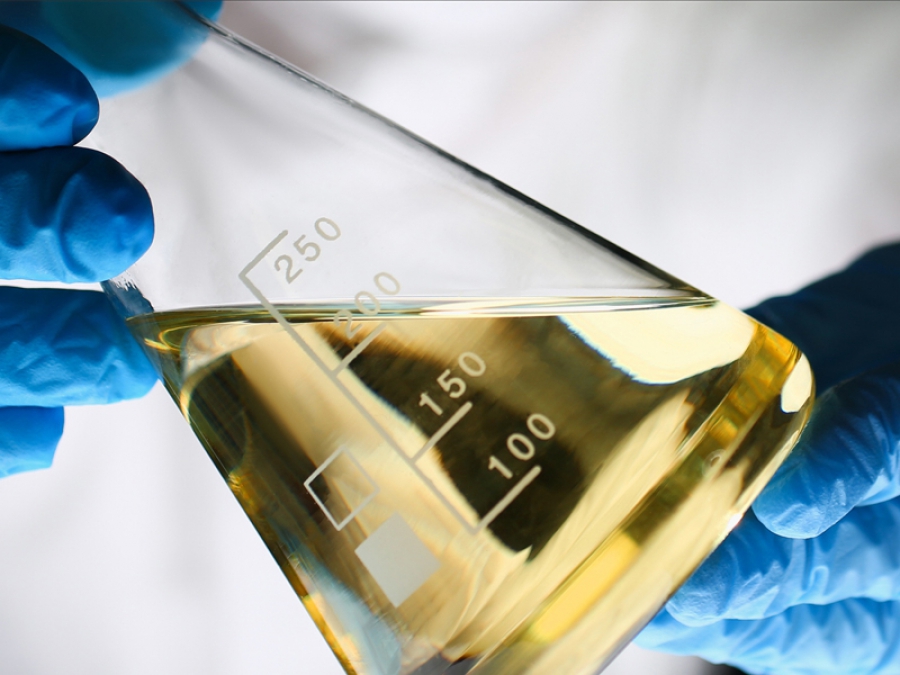There are several ways to control the condition of the gears in a car gearbox. Gear lubricant analysis based on the following factors is the most common.
Comparison of the results of the fluid used inside the gearbox should be compared and analyzed with the non-working type to make sure that the raw material is within the ranges specified by the manufacturer or not.
In the process of condition monitoring or CM (Condition Monitoring), gears have always been a severe challenge due to the lack of instant access to the gearbox. In this article, we try to monitor this trend by analyzing the condition of the gears by analyzing five technical factors of the oil and analyzing it.
Viscosity
(Kinematic Viscosity at 40 degrees C.in CST)
Viscosity is the lead property of gear oil. If the viscosity changes significantly mean, it has lost its necessary ability.
Oxidation of oil leads to apparent turbidity and increased viscosity. Changes of this number by more than 10%, compared to the initial state, can indicate the arrival of the replacement time.
Water content in PPM or% age
One of the most significant factors in lubricant demolition structures is water and humidity because it reacts with iron and copper particles and causes the oxidation process. These elements are primarily present in additive compounds and play a pivotal role, but if water enters the environment, by oxidizing them and producing sediment inside the gearbox, they reduce the lubricant life and increase the viscosity.
Check the moisture content by the ASTMD6304 test method. Therefore, in the CM process, it is recommended to replace the gearbox lubricant if more than 0.05 (500ppm) of water is observed.
Acid number (mg KOH / g)
Total Acid Number testing is one method of estimating the amount of additive degradation, acid contamination, and oxidation. The acid can be neutralized or extracted from the oil in various ways.
Alkaline oil is used to neutralize the incoming acid. This is done in gas, gasoline, and diesel engine oils.
Number of pollution particles
The number of particles and the proper distribution of a nice filter system are very important for the lubricant. The design of the filtration surface can be different, in the end, only particles 12 microns or smaller should be allowed to pass. This size is determined even in turbine oils, up to 5 microns smaller.
Of course, monitoring the number of contaminants in the lubricant is vital.
Measuring elements
Increased metal elements in a lubricant can indicate abnormal wear of internal system components. The analysis of oil elements and contaminants in a sample is performed by the ASTMD5185 method by a device called ICP.
The ASTMD5185 method is generally used for fundamental analysis. A total of 22 elements can be analyzed by this method, aluminum, barium, boron, calcium, chromium, copper, iron, lead, magnesium, manganese, nickel, phosphorus, potassium, silver, sulfur, tin, titanium, zinc, and vanadium. Analyzing these cases and monitoring the condition of the gearboxes will significantly reduce maintenance costs, although you can choose easier methods like visual controls. For example, gear wear causes loosening that due to a malfunction of the gearbox you hear sounds like a rattling sound.




